The culinary world is replete with spices that often share similar names, appearances, or uses, leading to confusion among home cooks and professional chefs alike. One such pair that frequently sparks debate is star anise and Chinese anise. Are they the same spice, or do they represent distinct botanical entities? This article delves into the taxonomy, culinary applications, and cultural significance of these terms to provide a comprehensive answer.
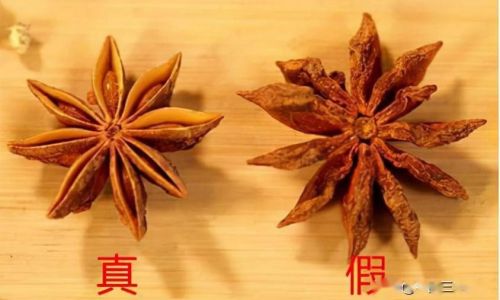
Botanical Classification: The Science Behind the Names
To address this question, we must first explore the botanical definitions of these terms. Star anise is the common name for the fruit of the Illicium verum plant, a small evergreen tree native to China and Vietnam. The term “star anise” refers to the spice’s distinctive shape—a star-like pod composed of eight segments, each containing a seed. These pods are harvested before ripening and dried to preserve their aromatic oils.
The confusion arises with the term Chinese anise. In some contexts, “Chinese anise” is used interchangeably with “star anise,” as both refer to Illicium verum. However, this name can also be misleading. Anise, in a broader sense, typically refers to Pimpinella anisum, a Mediterranean plant unrelated to Illicium verum. To avoid ambiguity, it is crucial to clarify that “Chinese anise” is not a distinct species but rather a regional name for star anise.
Taxonomic Distinctions: Star Anise vs. Other Illicium Species
While Illicium verum is the primary source of culinary star anise, the genus Illicium includes over 40 species, many of which are toxic. For example, Japanese star anise (Illicium anisatum) contains the neurotoxin safrole, making it unsafe for consumption. This species is sometimes used in traditional medicine or as an incense but never in food preparation. The visual similarity between Illicium verum and Illicium anisatum underscores the importance of sourcing spices from reputable suppliers.
The key takeaway is that only star anise from Illicium verum is safe for culinary use. Any product labeled “Chinese anise” should be verified to ensure it originates from this species. Misidentification can lead to severe health risks, as toxic varieties may cause seizures, hallucinations, or even death.
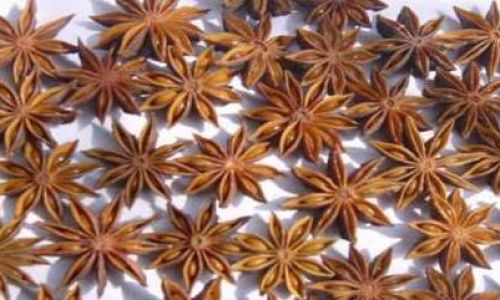
Culinary Applications: A Staple in Global Cuisines
Star anise’s role in global cuisine is undeniable. Its warm, licorice-like flavor, with hints of sweetness and spice, makes it a cornerstone of many dishes. In Chinese cooking, it is one of the five spices in five-spice powder, alongside cloves, cinnamon, Sichuan pepper, and fennel seeds. It is also integral to braised meats, soups, and marinades, where its aromatic complexity enhances umami flavors.
Beyond China, star anise is a star ingredient in Vietnamese pho, Indian biryanis, and Middle Eastern rice dishes. In Western cuisine, it is used to flavor jams, pickles, and even alcoholic beverages like mulled wine. Its versatility stems from its ability to pair with both sweet and savory ingredients, making it a pantry essential for adventurous cooks.
Medicinal and Traditional Uses
Star anise has a long history in traditional medicine, particularly in China and India. It is believed to aid digestion, relieve coughs, and alleviate pain. Modern research has isolated shikimic acid from star anise, a compound used in the synthesis of the antiviral drug oseltamivir (Tamiflu). This discovery highlighted the spice’s potential beyond the kitchen, though clinical studies on its medicinal efficacy are ongoing.
The Confusion Between Star Anise and Anise Seed
Adding to the confusion is the existence of anise seed (Pimpinella anisum), a Mediterranean herb with a similar flavor profile. While both spices share a licorice taste, they are unrelated botanically. Anise seed is smaller, crescent-shaped, and derived from a different plant family (Apiaceae). It is commonly used in baking, liqueurs like ouzo, and digestive teas.
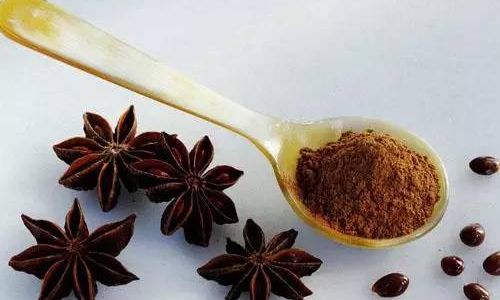
The flavor similarity arises from the presence of anethole, a volatile compound found in both spices. However, star anise has a more potent, slightly bitter undertone compared to anise seed’s sweeter notes. Substituting one for the other can alter a dish’s balance, so understanding their differences is critical for recipe success.
Culinary Substitutions and Pairings
In a pinch, star anise can be replaced with a combination of anise seed, fennel seed, and cinnamon to mimic its flavor. However, true replication is challenging due to its unique complexity. Star anise pairs exceptionally well with ginger, garlic, soy sauce, and starches like rice and noodles. Its robustness allows it to stand up to long cooking times, making it ideal for slow-cooked stews and broths.
Cultural Symbolism and Folklore
Beyond its culinary and medicinal uses, star anise holds cultural significance. In China, it is associated with good fortune and is often included in wedding dishes and New Year celebrations. Its eight-pointed shape symbolizes harmony and balance, aligning with the principles of feng shui. In some traditions, burning star anise pods is believed to ward off evil spirits.
Sustainability and Ethical Sourcing
As global demand for star anise grows, concerns about sustainability emerge. Illicium verum trees require specific climatic conditions, primarily found in China and Vietnam. Overharvesting and habitat loss pose risks to wild populations. Consumers are encouraged to seek certified organic or Fair Trade products to support ethical farming practices.
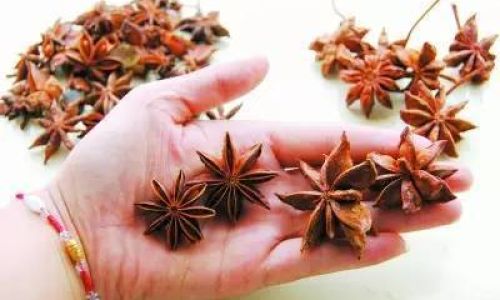
Conclusion: Are They the Same?
Returning to the original question: Are star anise and Chinese anise the same? The answer hinges on terminology and context.
- Botanically, “Chinese anise” is not a distinct species but a regional name for Illicium verum, the same plant that produces star anise.
- Culinary, they are identical, with no difference in flavor or application.
- Safety-wise, it is vital to confirm that any product labeled “Chinese anise” or “star anise” originates from Illicium verum to avoid toxic look-alikes.
In summary, while the terms are often used interchangeably, the confusion stems from regional naming conventions rather than botanical diversity. Home cooks and professionals alike can use them confidently, provided they prioritize quality and authenticity.
Final Thoughts
The story of star anise and Chinese anise illustrates how language, culture, and botany intersect in the world of spices. By understanding the nuances of these terms, we gain not only culinary precision but also a deeper appreciation for the natural world’s bounty. Whether simmering a pot of pho or brewing a cup of chai, star anise remains a testament to the enduring allure of global flavors.
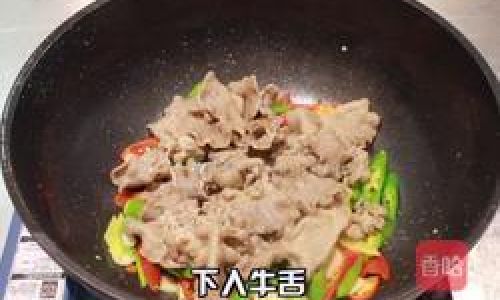
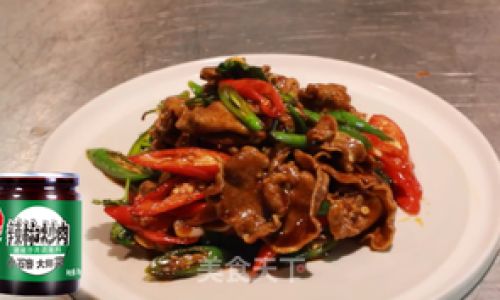
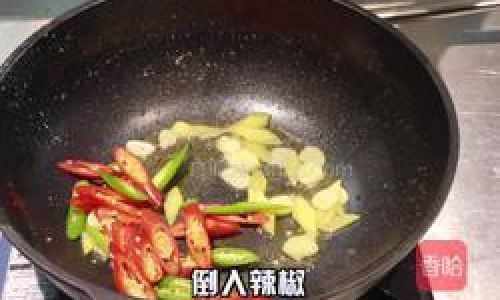

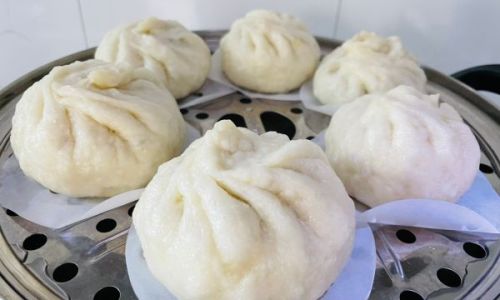

0 comments